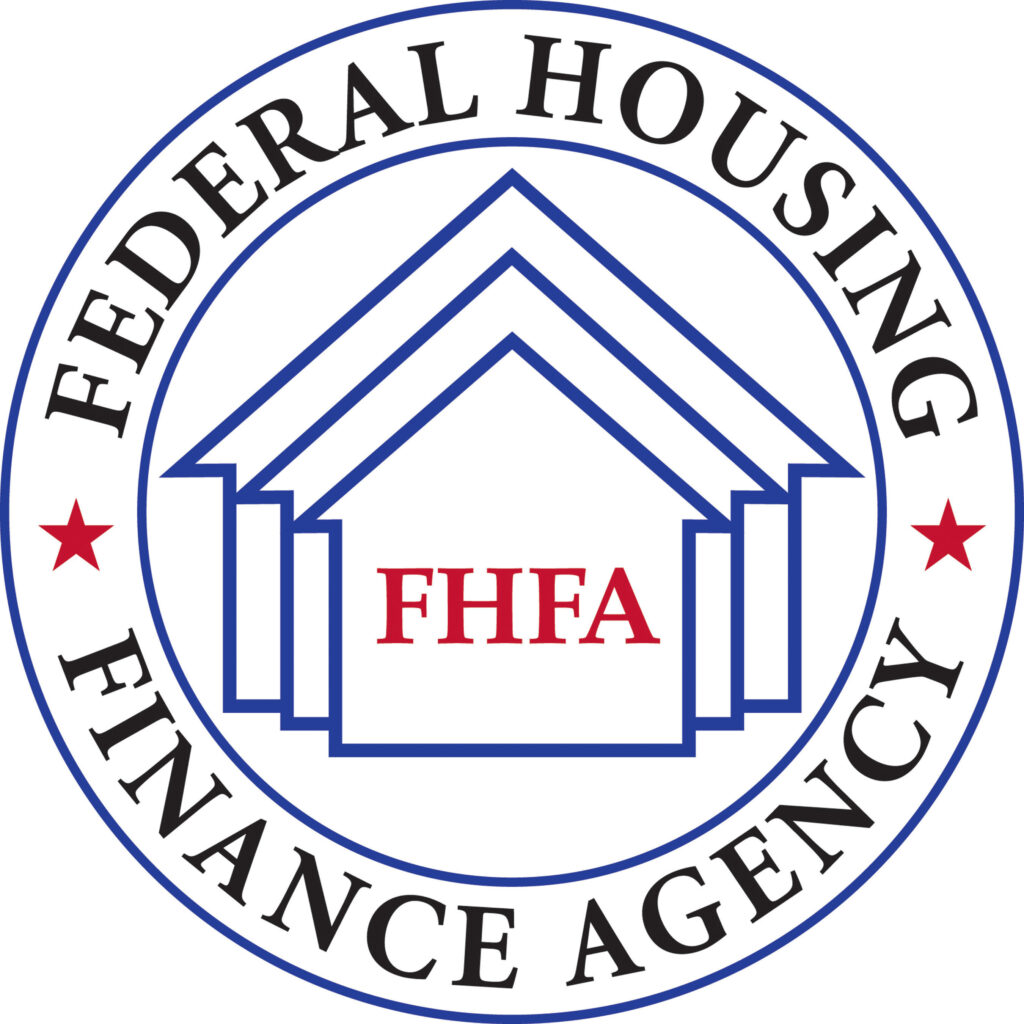The Essential Guide to FHA Loans and How They Work
In today’s ever-evolving housing market, securing an affordable path to homeownership can seem like a daunting task, especially for first-time buyers and those with limited financial resources. Fortunately, the Federal Housing Administration (FHA) Loan Program stands out as a beacon of hope, offering a viable solution to make the dream of owning a home a reality for many. This comprehensive guide delves into the intricacies of FHA loans, outlining their requirements, benefits, and how they compare to conventional loans, with a special focus on how they support homeowners through various grants and financial aids.
Understanding FHA Loans: A Gateway to Homeownership
An FHA loan is a mortgage insured by the Federal Housing Administration, a government entity within the U.S. Department of Housing and Urban Development (HUD). Designed primarily to assist low- to moderate-income families in purchasing a home, FHA loans are especially popular among first-time buyers, thanks to their lower down payment requirements and more lenient credit criteria compared to conventional loans.
Key Features of FHA Loans
- Lower Down Payments: FHA loans allow for down payments as low as 3.5% for credit scores of 580 and above, and 10% for scores between 500 and 579. This feature significantly reduces the barrier to entry for homeownership.
- Flexible Credit Requirements: Applicants with lower credit scores, which might be a stumbling block for conventional loans, can still qualify for an FHA loan.
- Mortgage Insurance Premiums (MIPs): Borrowers must pay both an upfront and an annual MIP, adding a layer of security for lenders but an additional cost for borrowers.
The Role of the Bank and the FHA
It’s crucial to note that the FHA does not lend money directly to borrowers. Instead, it insures loans issued by FHA-approved lenders, reducing their risk and encouraging them to offer mortgages to individuals who might not qualify for conventional financing.
The Evolution of FHA Loans
Since their inception in 1934 during the Great Depression, FHA loans have played a pivotal role in transforming the United States from a nation of renters to one where homeownership is accessible to a broader segment of the population. The FHA’s initiatives have helped stabilize the housing market through various economic cycles, promoting steady growth in homeownership rates.
Diverse FHA Loan Options
The FHA offers several loan types to cater to different homeowner needs, including:
- Home Equity Conversion Mortgages (HECMs): Reverse mortgage programs for seniors.
- FHA 203(k) Improvement Loans: Designed for homebuyers interested in purchasing fixer-uppers and financing the renovation costs.
- Energy Efficient Mortgages: Focuses on funding energy-saving home improvements.
- Section 245(a) Loans: Tailored for borrowers expecting an increase in their incomes, offering gradually increasing payments.
Navigating FHA Loan Requirements
To qualify for an FHA loan, applicants must meet specific criteria, such as a valid Social Security number, lawful residency in the U.S., and a minimum credit score. Lenders will evaluate your financial history, employment stability, income, and debt-to-income ratios to determine eligibility.
FHA vs. Conventional Loans: A Comparative Overview
While FHA loans provide an accessible path to homeownership for those with less-than-perfect credit or limited savings, conventional loans might be a better fit for borrowers with stronger credit and financial profiles, potentially offering lower interest rates and avoiding the need for MIPs.
Understanding FHA Mortgage Insurance Premiums
A distinctive feature of FHA loans is the requirement to pay mortgage insurance premiums, which include an upfront fee and an annual premium. This insurance protects lenders against losses if a borrower defaults, but it adds to the overall cost of the loan for the borrower.
Property Eligibility and Loan Limits
FHA loans have specific requirements regarding the eligibility of properties, focusing on the borrower’s principal residence and meeting minimum standards. Loan limits vary by location, reflecting local real estate market conditions.
FHA Loan Relief and Assistance Programs
For homeowners facing financial hardships, the FHA offers relief options, including the FHA Home Affordable Modification Program (HAMP), which can modify loan terms to make payments more manageable.
Advantages and Disadvantages of FHA Loans
FHA loans open the door to homeownership for many, offering lower down payments and more lenient credit requirements. However, the accompanying mortgage insurance premiums and property restrictions might be drawbacks for some borrowers.
Applying for an FHA Loan
Prospective borrowers can apply for an FHA loan through any FHA-approved lender, undergoing a pre-approval process to determine eligibility and borrowing limits.
Maximizing the Benefits of FHA Loans for Homeowners
FHA loans are not just a financing tool but a stepping stone towards achieving homeownership and financial stability. By understanding the requirements, benefits, and potential drawbacks, borrowers can make informed decisions and leverage FHA loans to fulfill their homeownership dreams.


